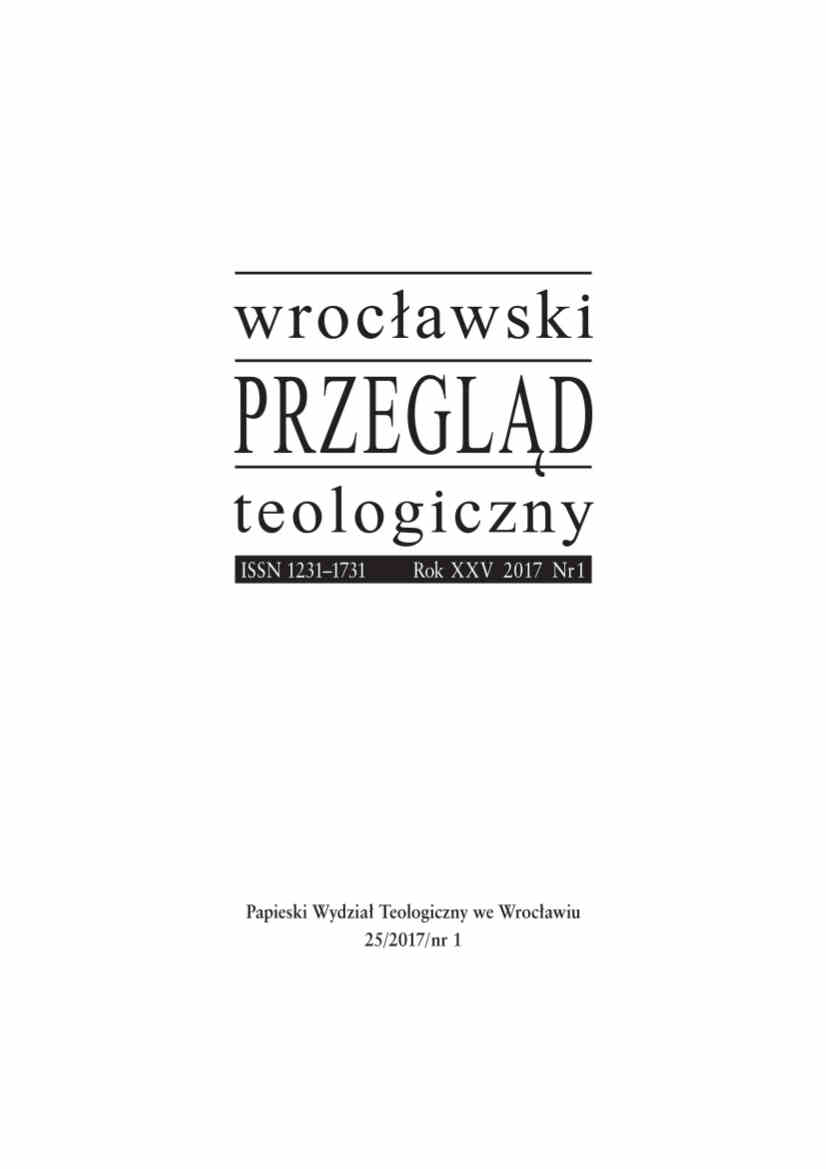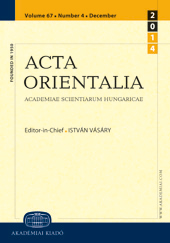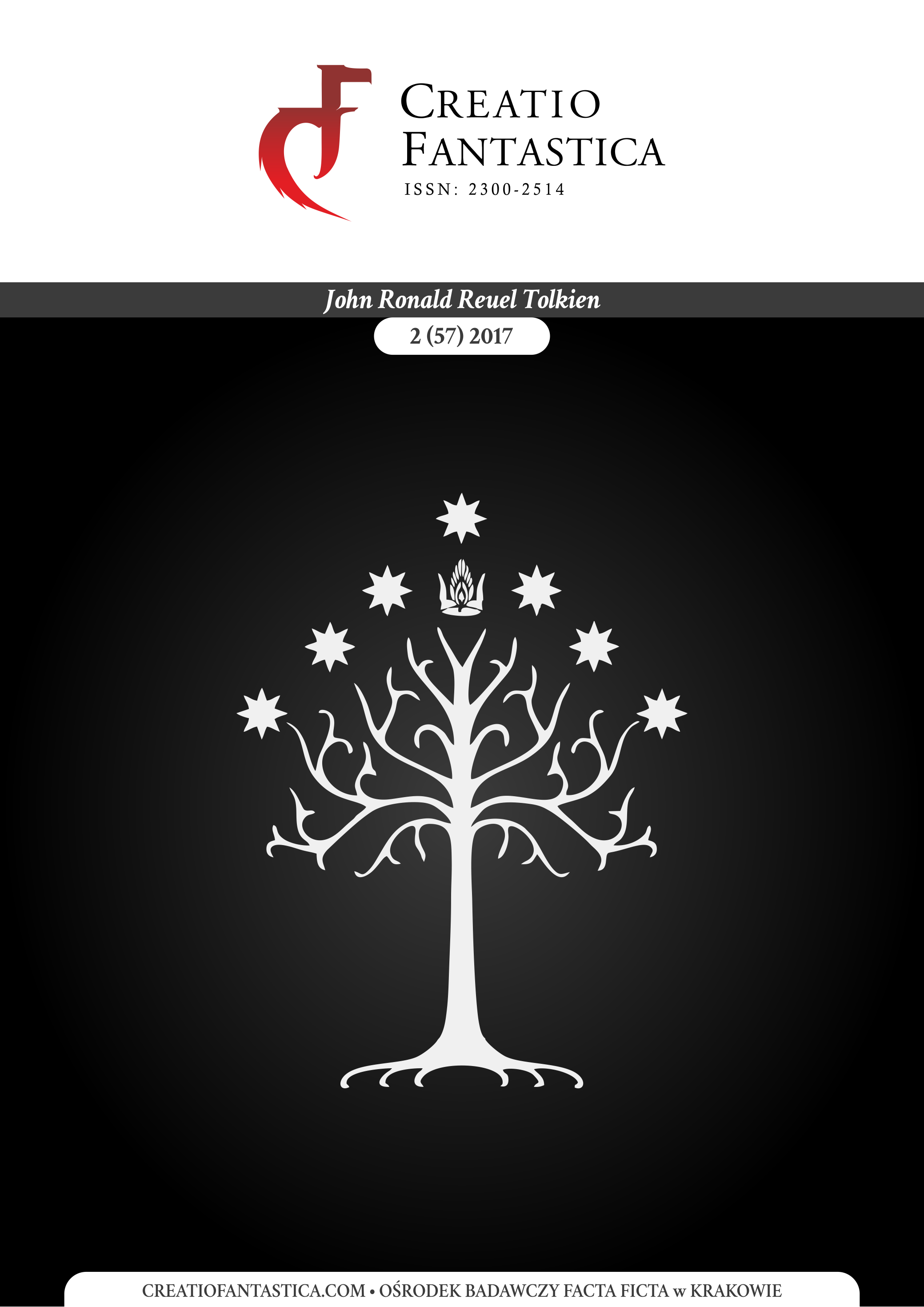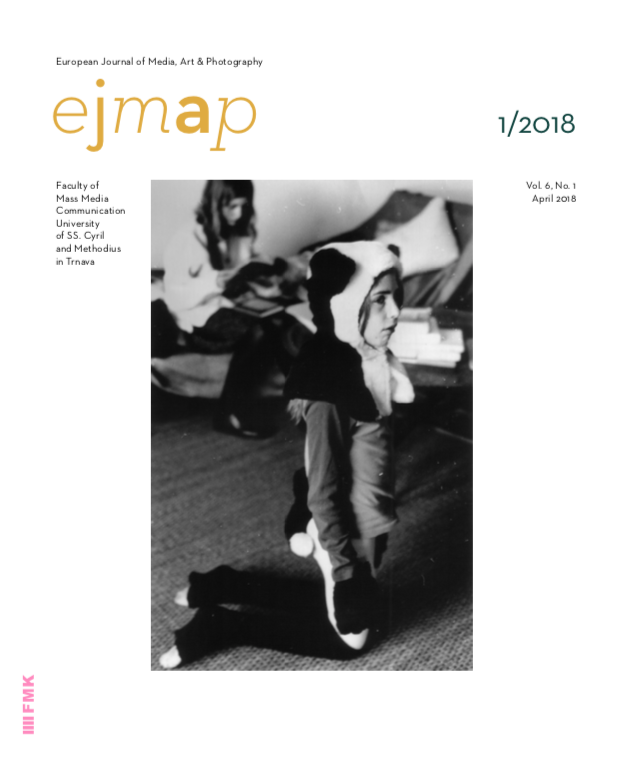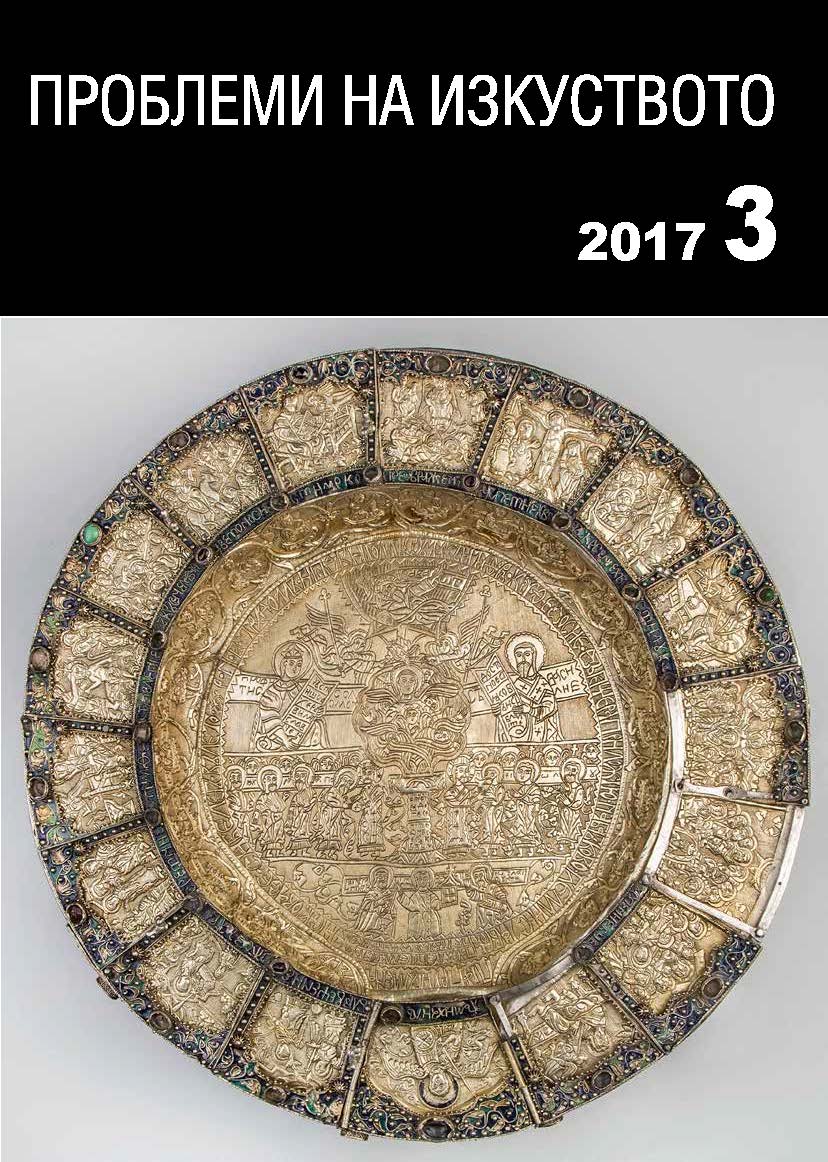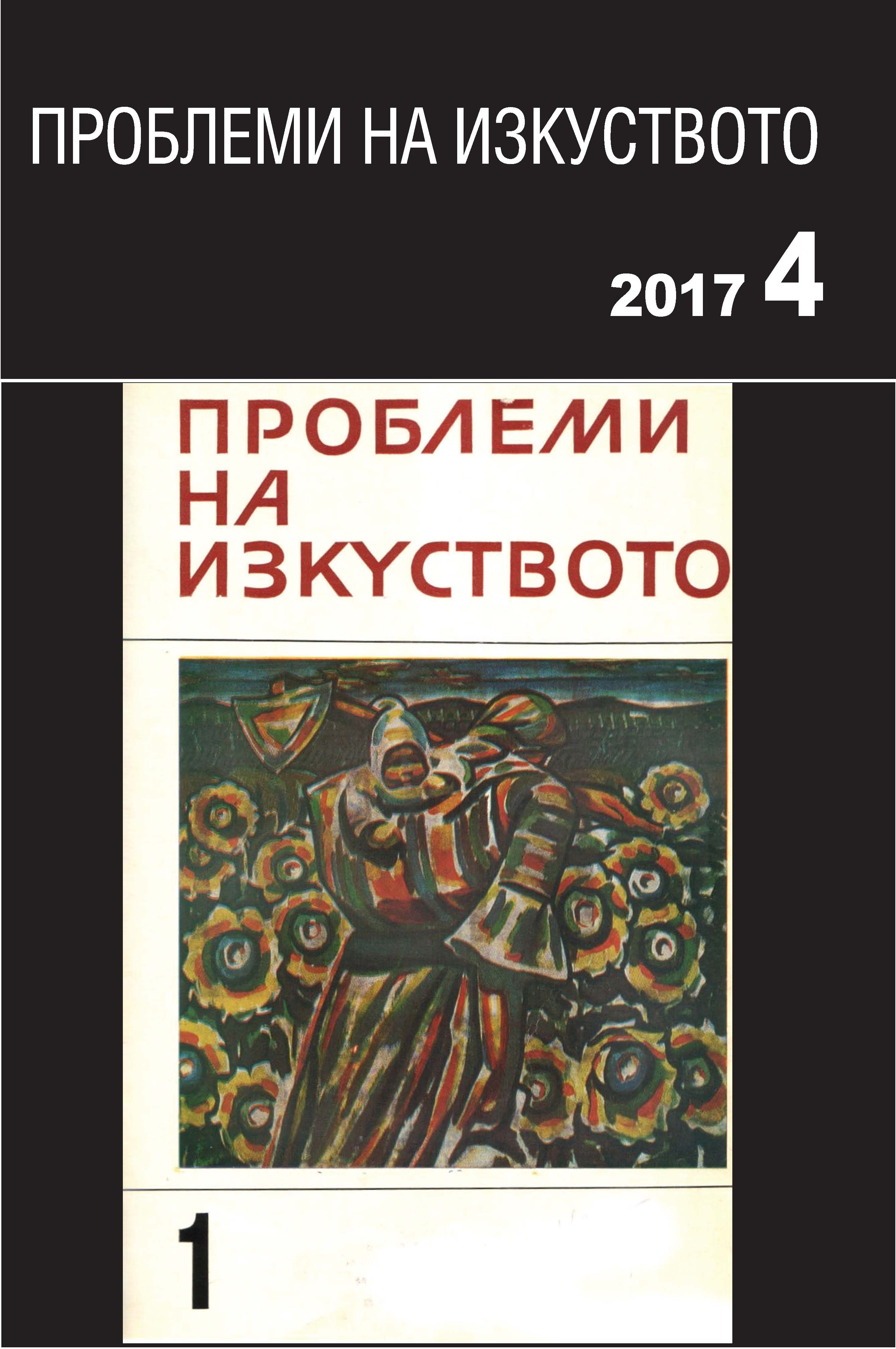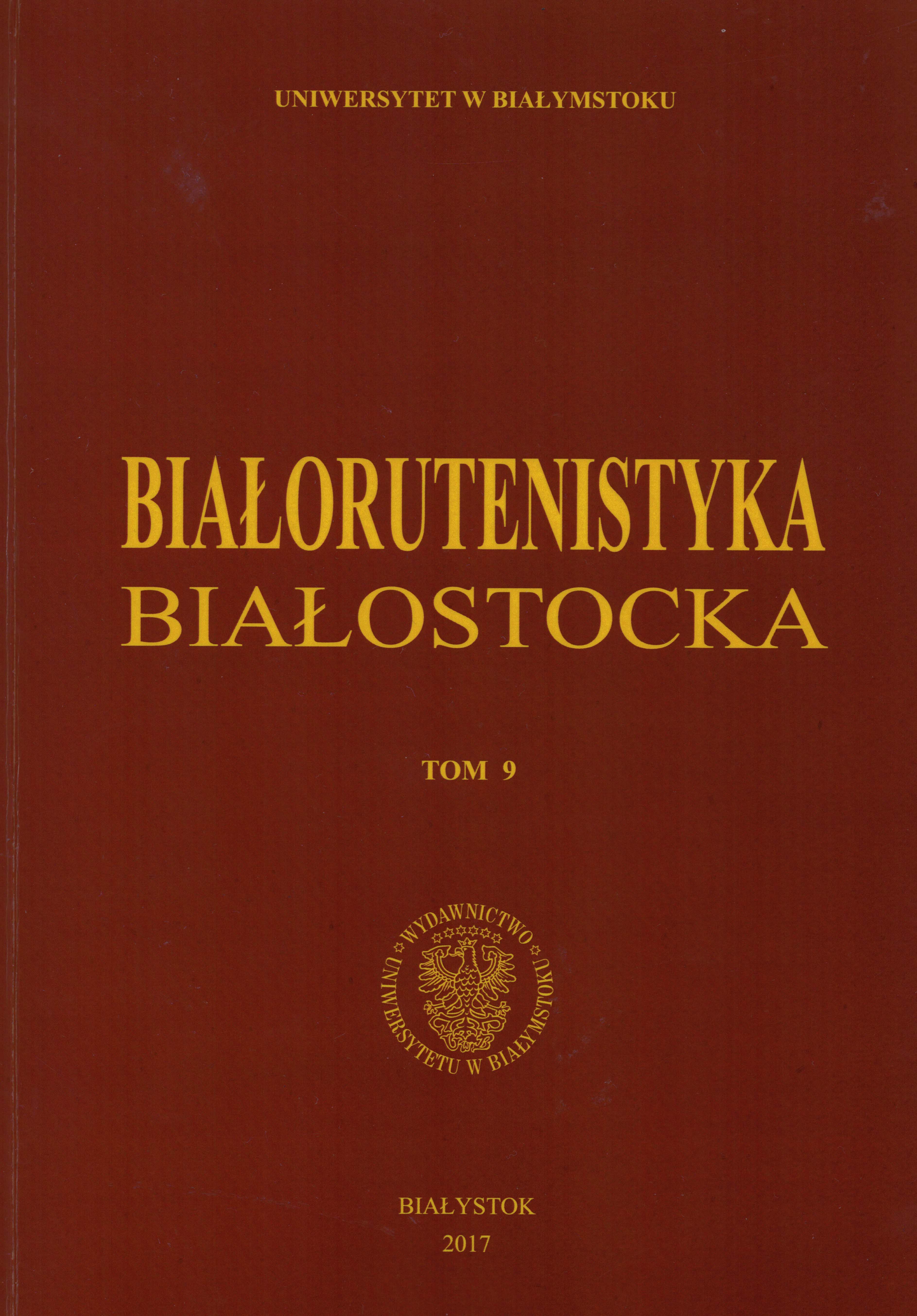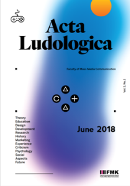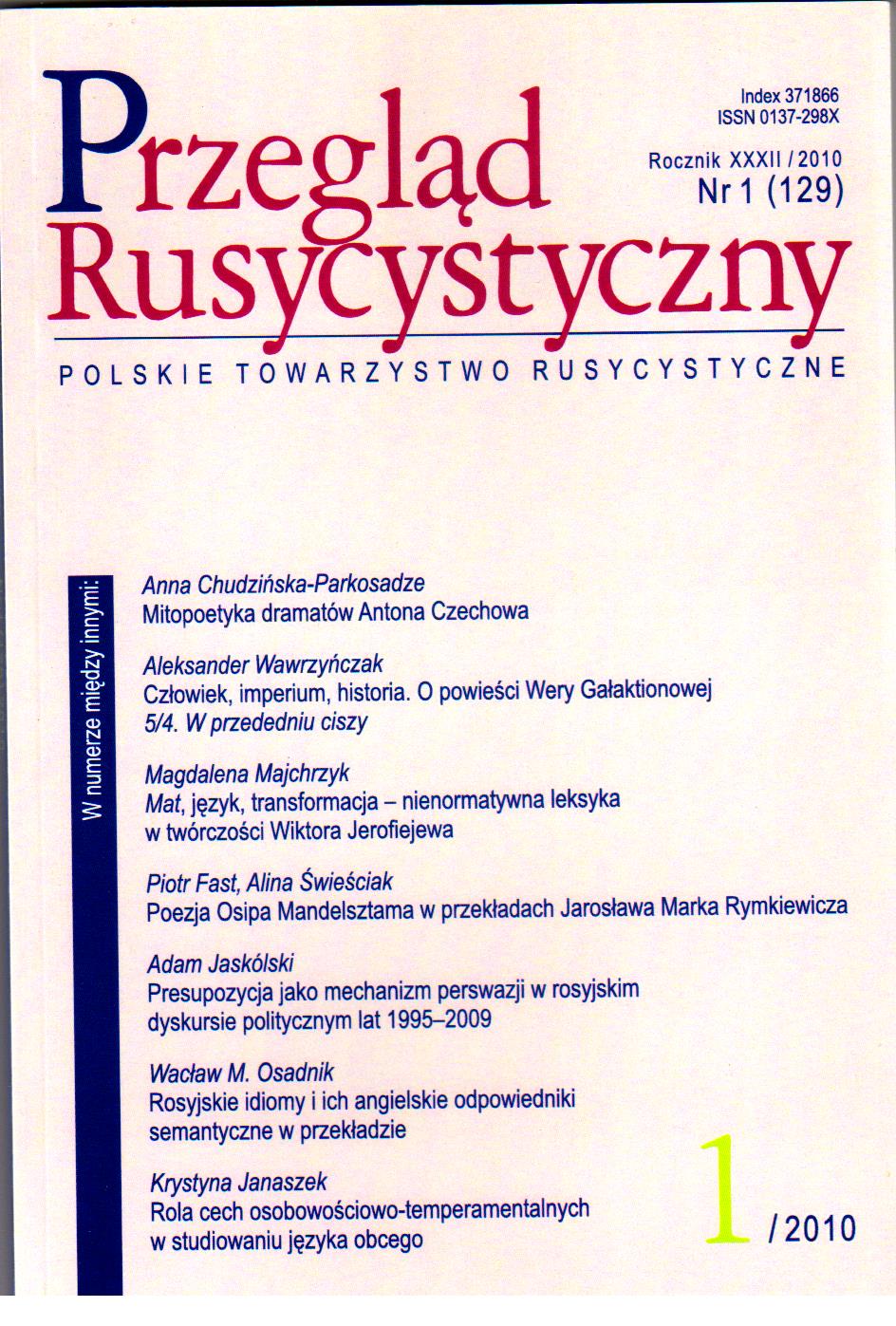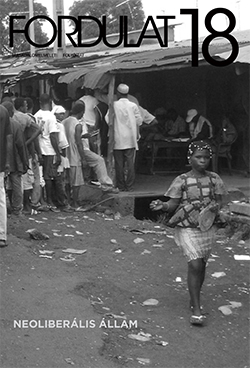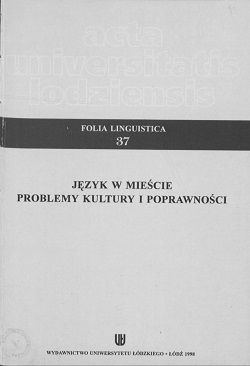KÉP ÉS KÉPNÉLKÜLISÉG A KÁRPÁT-MEDENCÉBEN A 6–10. SZÁZADBAN
The study analyses a peculiar feature of the archaeological material known from the 6th–10th-century Carpathian Basin, i.e. the mostly aniconic nature of the visual arts during the Avar and Hungarian Conquest periods. The author attempts to explain the generally rare appearance of human depictions and anthropomorphic ornaments. Thus he seeks to investigate the main reasons for employing visual ornaments and proposes some probable reasons that may lie in the background of the increase of human depictions in the Late Avar period.
More...
